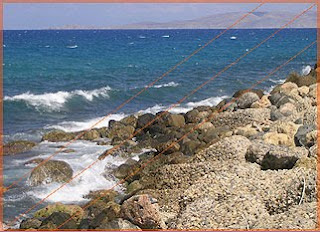Design Journal
Please name the file as DesignJournal_yourName and submit to the ADMT submit folder.
Multimedia Presentation
Please post your completed Multimedia Presentation in your personal ADMT blog. Post the URL of your post in the comments.
Model
Completed Model will be collected during ADMT lesson in week 5. Please ensure you have written your name and class on the model.
Due Date of Submission:11th Oct 2010
How to Make a Gelli Plate
-
How to make a gelli plate is a creative endeavor that can add a unique
touch to your crafting projects. This process involves mixing glycerin,
gelatin, a...
1 day ago




























